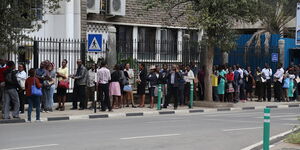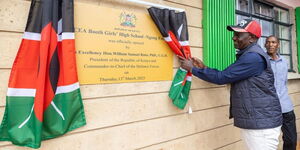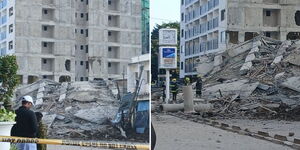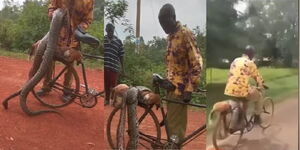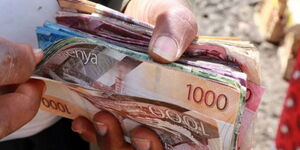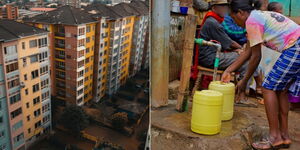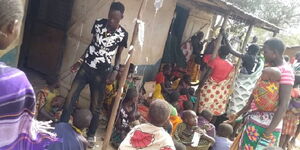The families of two miraa drivers who were abducted by suspected Al-Shabaab militants last week have a reason to smile after the duo was released unconditionally on Saturday night, August 7.
Bashe Mahamud and Mohamed Som were kidnapped at gunpoint on Tuesday, August 3, along the Wajir-Garissa border while dropping a consignment of 15 sacks of the stimulant worth Ksh2 million.
They were captured as they drove to Liboi in a Toyota Land Cruiser and held hostage as the militants sought a ransom of Ksh3 million from their employer, Ayan Dubo.
The terrorists halved their demand to Ksh1.5 million - reportedly because the highly perishable stimulant had gone to waste due to the high desert temperatures.
Upon release, they recorded a statement at Dadaab Police Station before proceeding home to Maua, Meru County.
The drivers told police of the gunmen’s threats to sell their Toyota Sports Utility Vehicle (SUV) in Somalia.
The incident has sparked fear amongst the greater population of miraa hauliers. According to Gitonga Ndoro, chairman of the Miraa Association, traders are more afraid of transporting the produce due to increased cases of people being kidnapped.
Due to escalating numbers of abductions in Kenya’s north, North Eastern and Coastal regions, Kenya joined an African Union Mission in Somalia to fight Al-Shabaab.
Despite risk factors, the business of miraa is highly lucrative. According to the Washington Post, the industry generates a staggering Ksh40 billion annually.
A single vehicle carries khat worth Ksh2.5 million, while a lorry carries produce worth Ksh5 million.
Normally, up to 60 vehicles haul products daily. Depending on the number of trips made, the minimum generated is Ksh150 million daily.
By April 2021, the Kenya Bureau of Standards (KEBS) had curated a Kenya Code of Practice for the Miraa (Khat) Industry to ensure the product is standardised and accepted in the Middle East market.
Among the new standards are the processes of maintaining high levels of hygiene across the value chain. This is from harvesting to packaging as well as loading to vehicles and aircraft.

